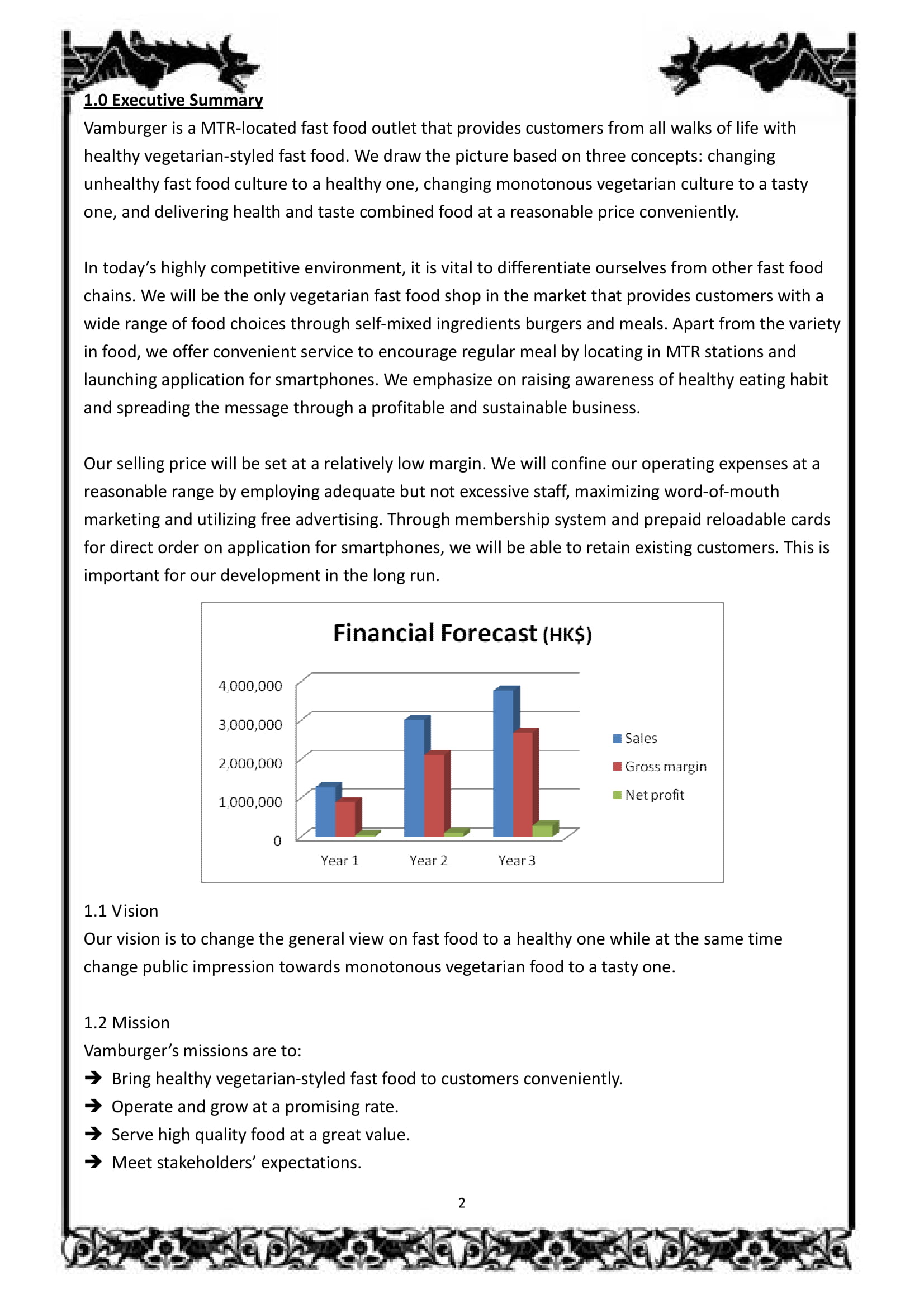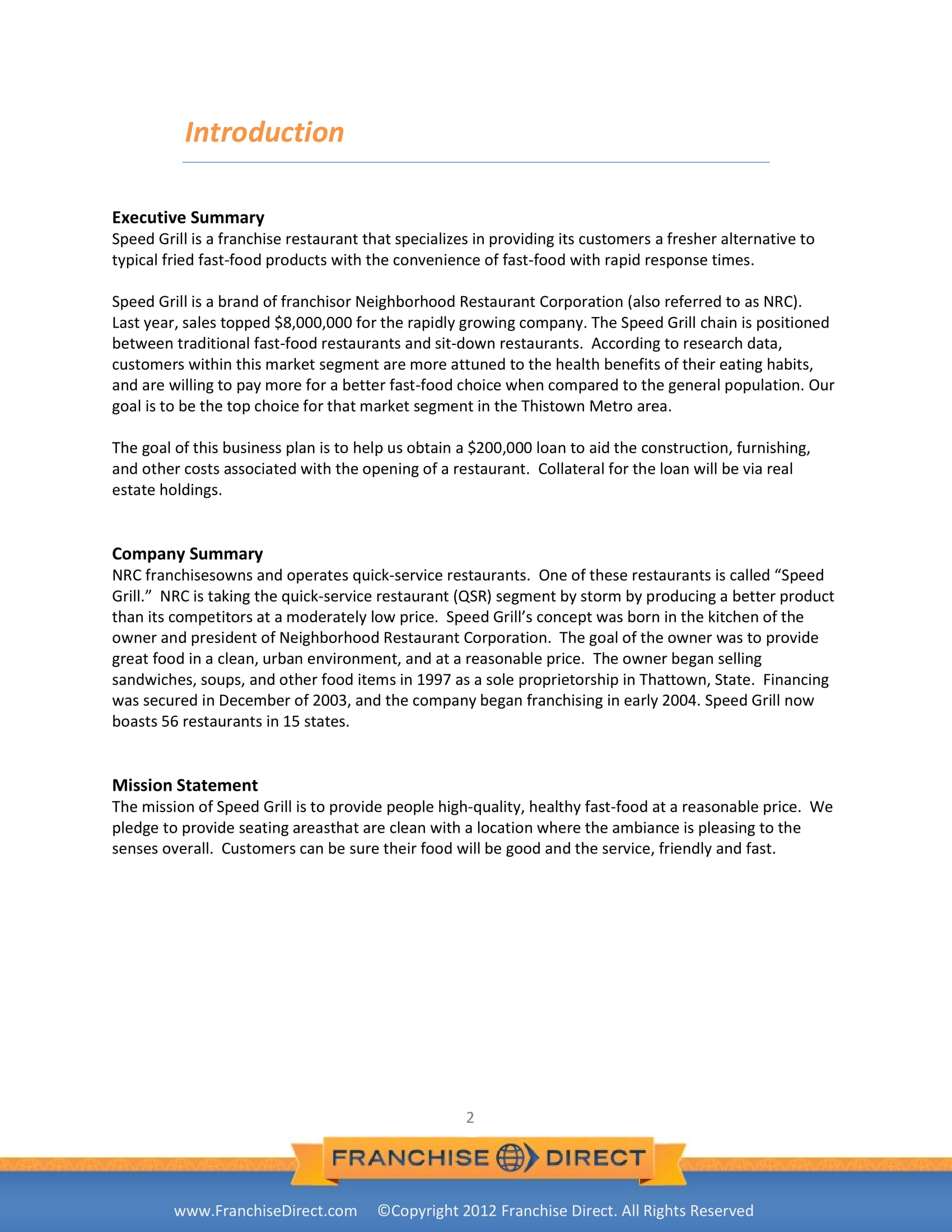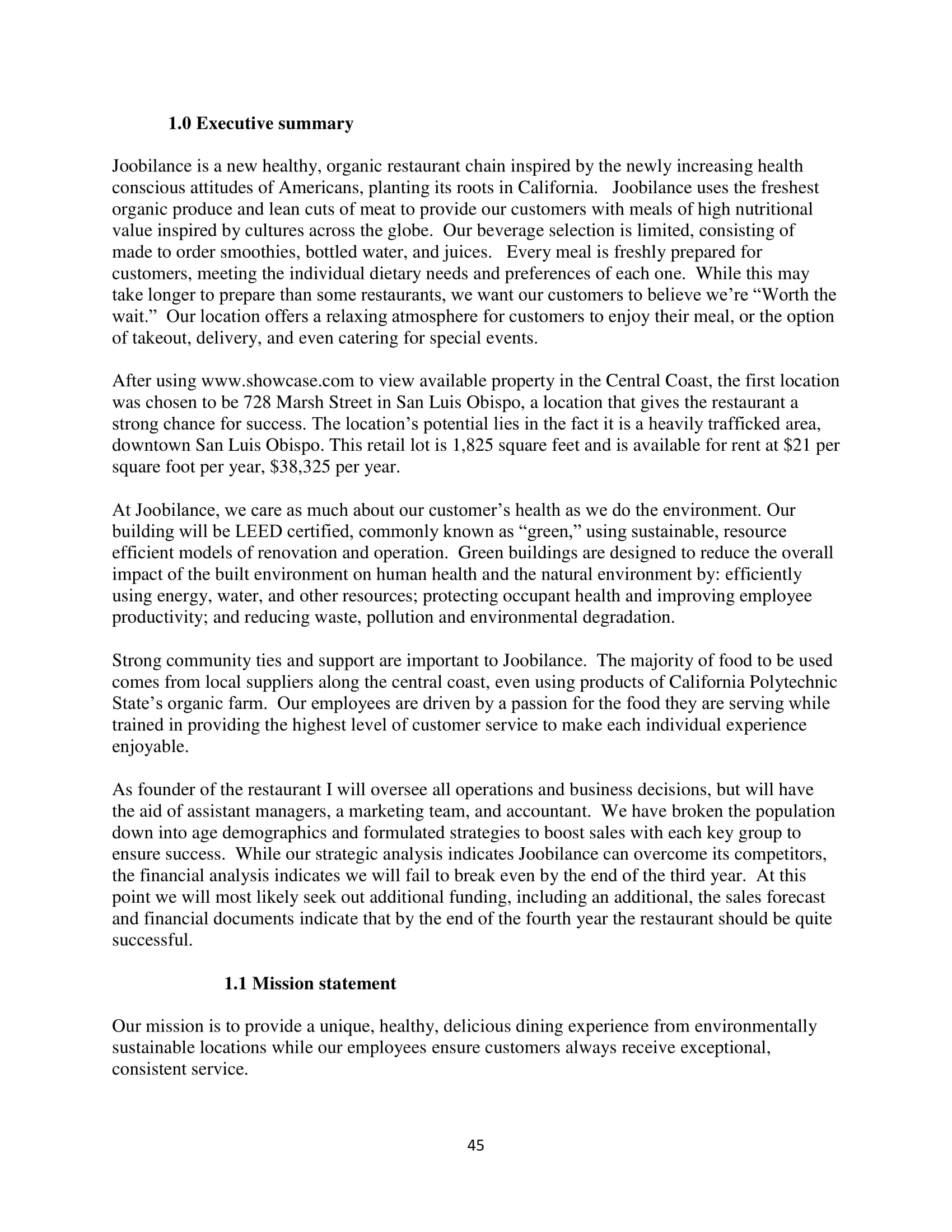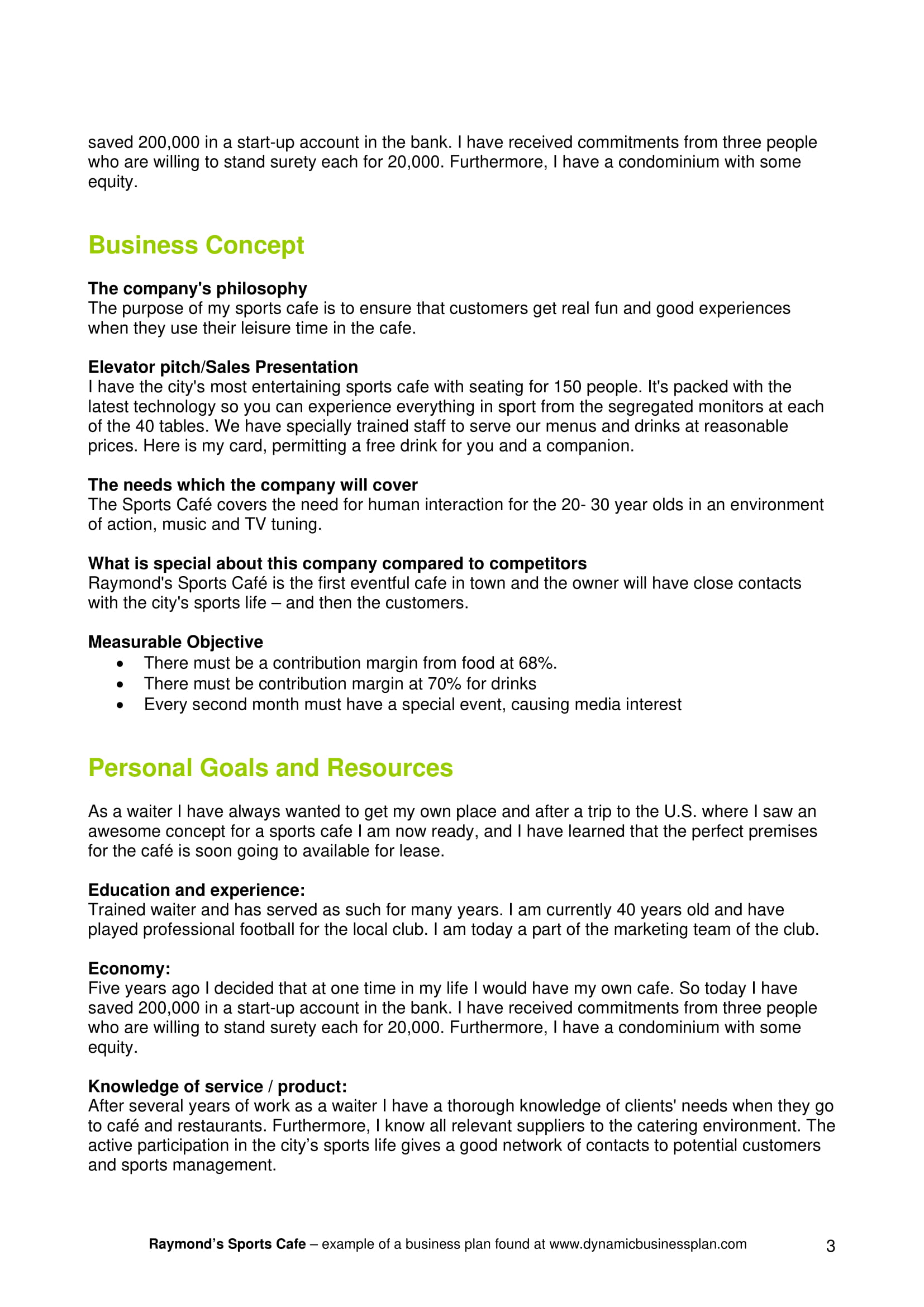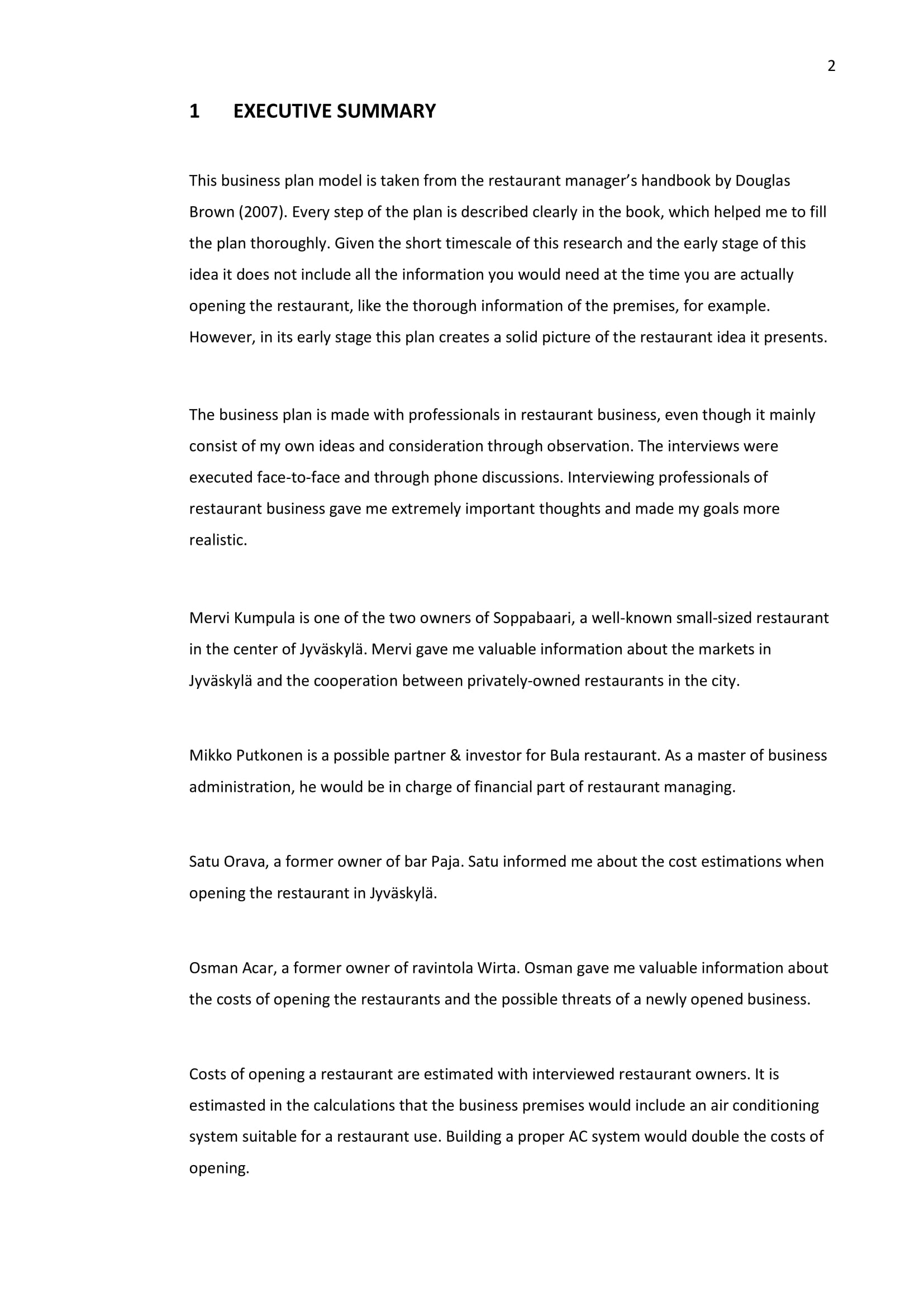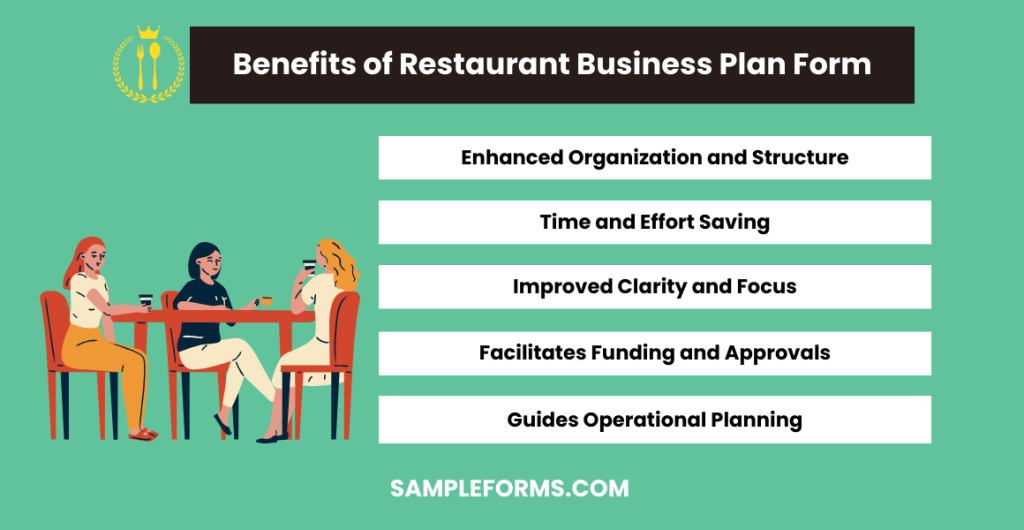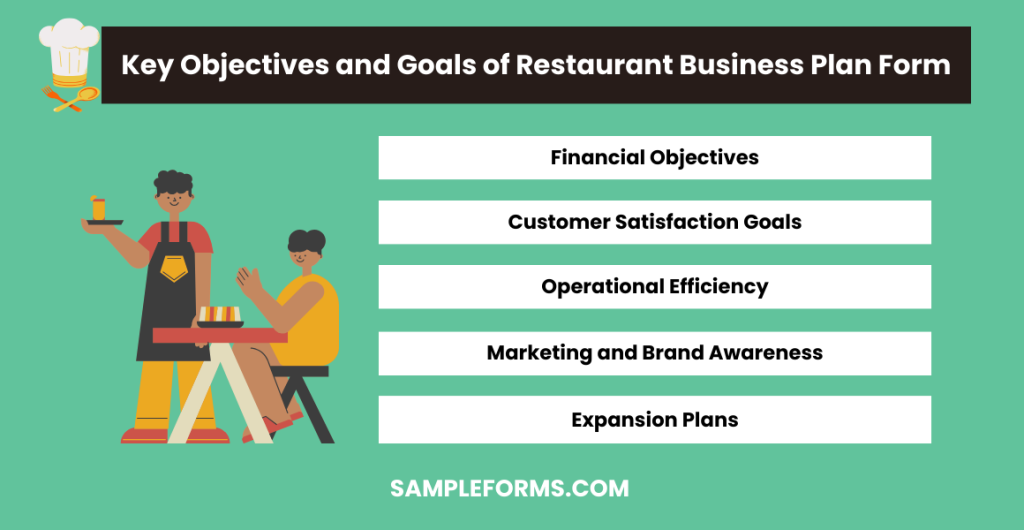Embarking on a culinary journey requires more than just a passion for food; it necessitates a solid foundation provided by a comprehensive Restaurant Business Plan Form. This guide is your essential toolkit for laying out every aspect of your business, from menu design to market analysis. Whether you’re drafting a Business Development Form or refining your Restaurant Form concept, this resource is packed with examples and insights to steer your venture towards success. Dive into our guide and discover how to transform your gastronomic dreams into a thriving reality.
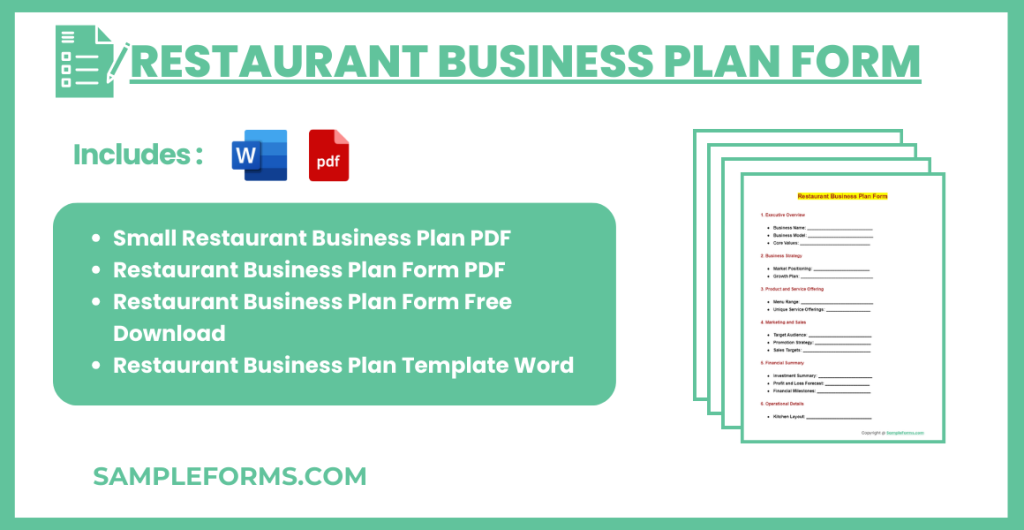
Download Restaurant Business Plan Form Bundle
What is a Restaurant Business Plan Form?
A Restaurant Business Plan Form is a detailed document that outlines the essential components required to launch and sustain a successful restaurant business. It serves as a roadmap, guiding entrepreneurs through the intricacies of business development, financial planning, marketing strategies, and operational management. This form is not just a bureaucratic necessity; it’s a strategic tool that helps you articulate your vision, understand your market, allocate resources efficiently, and pitch your business to potential investors or partners. With a well-crafted business plan, aspiring restaurateurs can navigate the competitive food industry with greater confidence and clarity.
Restaurant Business Plan Format
Executive Summary
- Overview: Briefly introduce your restaurant concept, location, and why it will be successful.
- Mission Statement: Define your restaurant’s mission and how it differentiates from competitors.
- Key Success Factors: Highlight the factors that will make your restaurant successful.
Company Description
- Concept and Branding: Detail your restaurant’s concept, theme, and branding strategy.
- Ownership Structure: Outline the business structure and ownership details.
- Location and Facilities: Describe the physical location and the layout/design of your restaurant.
Market Analysis
- Industry Analysis: Discuss the current state of the restaurant industry and trends.
- Target Market: Identify and describe your target customers (demographics, preferences).
- Competitive Analysis: Analyze your competitors’ strengths and weaknesses and your competitive advantage.
Menu and Services
- Menu Offerings: Present an overview of your menu items, highlighting signature dishes.
- Service Style: Explain your service model (e.g., fast-casual, fine dining).
- Supplementary Services: Mention any additional services (catering, delivery).
Marketing and Sales Strategy
- Marketing Plan: Outline your strategies for attracting and retaining customers.
- Sales Strategy: Describe how you plan to drive sales (promotions, loyalty programs).
- Social Media & PR: Detail your approach to social media marketing and public relations.
Operations Plan
- Daily Operations: Discuss the operational workflow of your restaurant.
- Suppliers and Vendors: List your key suppliers and vendors.
- Staffing Requirements: Outline your staffing plan, including roles and responsibilities.
Financial Plan
- Startup Costs: Itemize the startup costs and capital requirements.
- Revenue Projections: Provide a forecast of your expected revenues.
- Break-even Analysis: Calculate your break-even point.
- Profit and Loss Statement: Project your profit and loss over the next few years.
- Cash Flow Statement: Estimate the cash flow to ensure financial stability.
Appendices
- Supporting Documents: Include any additional documents that support your business plan (menus, design concepts, resumes of key personnel).
Small Restaurant Business Plan PDF
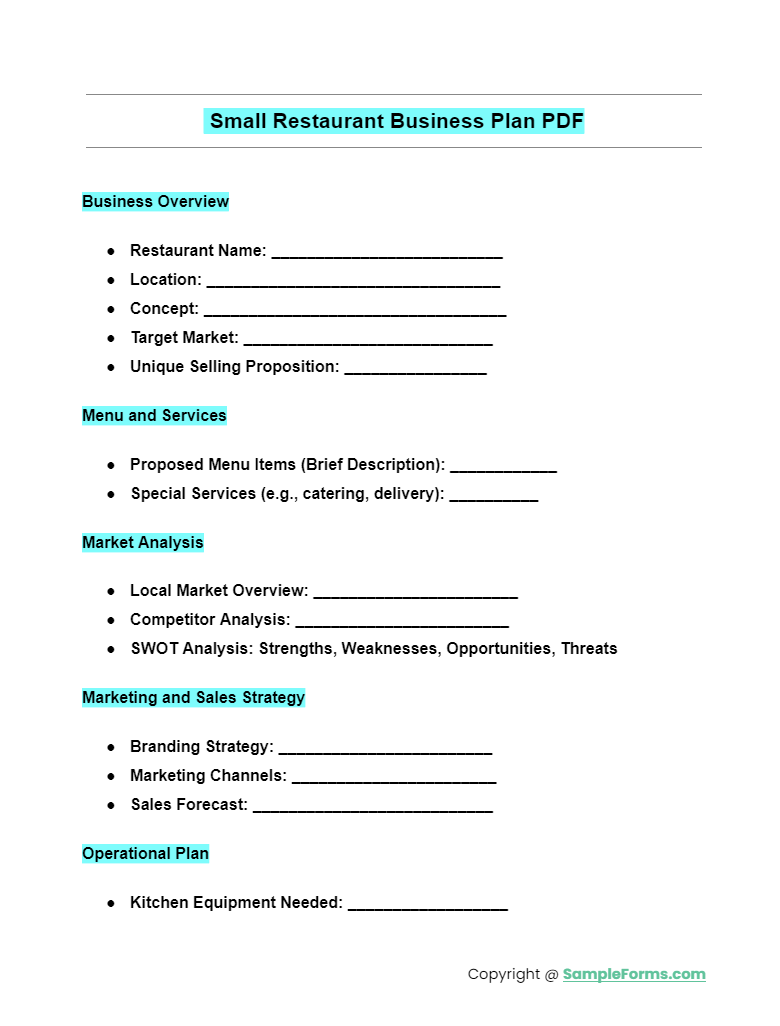
Discover the blueprint to launch your dining venture with our Small Restaurant Business Plan PDF. It’s your first step towards success, covering essential aspects like the Restaurant Proposal Form and Restaurant Operation Form, ensuring a comprehensive approach to planning.
Restaurant Business Plan Form PDF
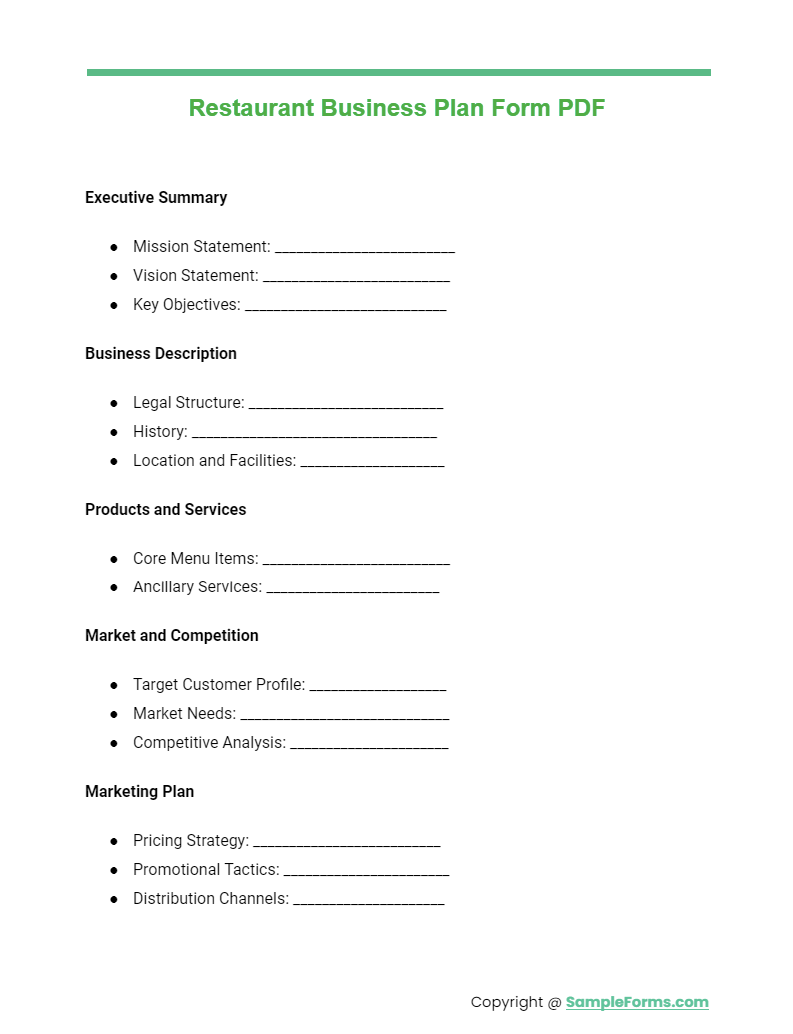
Our Restaurant Business Plan Form PDF is tailored to guide you through the meticulous process of drafting your business strategy, incorporating crucial elements such as Restaurant Business Paperwork and the Opening Restaurant Business Form, designed to streamline your journey.
Restaurant Business Plan Form Free Download
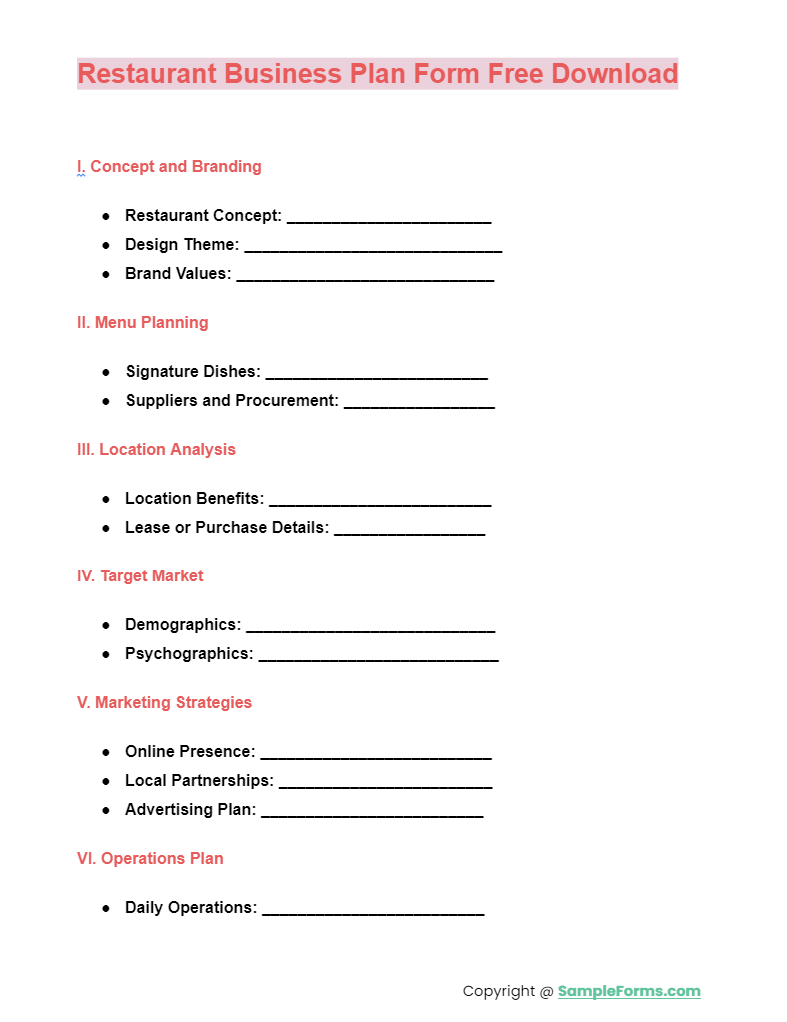
Gain instant access to strategic insights with our Restaurant Business Plan Form Free Download. This valuable resource includes the Restaurant Enquiry Form and addresses Restaurant Customer Dissatisfaction Reason, empowering you to build a customer-centric business.
Restaurant Business Plan Template Word

Restaurant Business Plan Form Template
Fast Food Restaurant Business Plan Form Template
Grill Restaurant Business Plan Form Template
Organic Restaurant Business Plan Template Form
Sports Cafe Restaurant Business Plan Form Sample
Sushi Restaurant Business Plan Form Sample
Benefits of Using Restaurant Business Plan Forms and Templates
Crafting a business plan is crucial for any aspiring restaurant owner. Restaurant business plan forms simplify this process, offering structured and strategic planning benefits. Here are five key advantages:
1. Enhanced Organization and Structure
These forms provide a predefined framework, ensuring all critical aspects like market analysis and financial projections are covered. This organized approach guarantees a comprehensive and effective business plan.
2. Time and Effort Saving
The predefined sections and prompts in the forms save time and reduce the effort needed to create a business plan from scratch, allowing owners to focus more on strategic planning.
3. Improved Clarity and Focus
The structured format of business plan forms ensures clarity and focus, making it easier to define and articulate critical areas such as target markets and competitive analysis.
4. Facilitates Funding and Approvals
A professional and convincing business plan, structured via these forms, can significantly enhance the chances of securing funding and approvals from investors or financial institutions.
5. Guides Operational Planning
Beyond funding, a comprehensive business plan is essential for operational planning. The forms help in setting clear objectives and establishing a roadmap for growth, covering staffing, supply chain management, and customer service strategies. You should also take a look at our Business Insurance Form.
How to Complete a Blank Restaurant Business Plan Form
Blank restaurant business plan forms allow restaurant owners to enter the required data in each field as well as be informed of what a section must be composed of. With the steps below, any restaurant owner will be able to fill out a blank business plan form as well as create his own document:
Step 1: State an introduction. If an input field is allocated in the blank form, then fill in the box or the field with a statement that will introduce the business to the readers.
Step 2: Outline a business summary. A summary must contain the types of services and the general food or parts of the restaurant menu that will be offered to the customers once the business will be opened. Other contents to include in the summary are statements regarding the history of the restaurant or how the idea was developed, the legal structure of the restaurant, the list of experiences or the personal attainments and achievements of the owner that will help in reaching the peak of success for the business, and the reasons why and how the business will succeed over years after the day of its opening. You should also take a look at our Business Feedback Form.
Step 3: Layout a marketing plan. Several subsections are allocated for different marketing factors in most business plan forms and templates. In the first subsection, the user must define who the targets are and what they need based on a survey conducted by the restaurant’s team and owner, how the product will be prepared and served, as well as who the suppliers of the ingredients and kitchen equipment are. The second subsection, the business’s impact in the food industry will be distinguished and what plans are made by the owner to ensure that he will be able to sustain and provide the necessities of his business. The succeeding subsections focus on knowing how the business will compete with other restaurants, what the business’s competitive advantages and unique services are, what promotional materials will be used, and even details about the pricing and the marketing goals set out for the restaurant business.
Step 4: Indicate the details of the restaurant management strategy. This is where the owner will be able to highlight the plans for dealing with job applications, restaurant employee training assessments and programs, and the rights and benefits that the restaurant’s hired employees will receive during the period of their employment.
Step 5: Enlist the restaurant’s financial plan. Financial statements, assumptions, budgeting outline, and possible ways of where they obtain enough amount for financing the restaurant business will be the main subject of this section.
Step 6: Enlist what will be attached or enclosed with the business plan. This includes all the relevant forms needed for opening a restaurant business. Documents that will prove that the user is the owner and the person who will be establishing the restaurant should also be included. You should also take a look at our Business Resolution Form.
Once everything is completed, the restaurant business plan must be printed and duplicated to be distributed to every involved party who will help the owner in executing the plans. Additionally, if there are changes and updates to the plan, an addenda that was finalized by the management’s members must be attached to the form. You should also take a look at our Business Credit Application Form.
What to Include in a Restaurant Business Plan?
A comprehensive Restaurant Business Plan should encapsulate key elements to set the stage for a successful establishment. Follow these steps to ensure your plan is thorough and effective:
- Executive Summary: Start with a strong introduction to your restaurant concept, location, and unique selling proposition.
- Market Analysis: Incorporate a Restaurant Survey Form to understand your target market, competitors, and industry trends.
- Menu and Services: Detail your menu items and any additional services, such as catering or events, using insights from a Restaurant Feedback Form.
- Management and Operations: Outline your business structure, staffing needs, and day-to-day operations management, leveraging a Restaurant Review Form for continuous improvement.
- Marketing and Sales Strategy: Describe how you plan to attract and retain customers, including marketing channels and sales tactics.
- Financial Plan: Include a Restaurant Budget Form to project your financials, such as startup costs, forecasted revenue, and break-even analysis.
How to Write a Business Plan for a Restaurant
Creating a business plan for your restaurant involves strategic thinking and detailed planning. Follow these structured steps:
- Define Your Restaurant Concept: Clearly articulate the type of restaurant you are opening, your cuisine, and target demographic.
- Market Research: Use a Restaurant Application Form to gather information about your potential staff and a Restaurant Reservation Form to estimate future demand.
- Design Your Menu: Detail the dishes you will offer and how they align with your concept and target market.
- Develop Your Marketing Plan: Identify how you will market your restaurant to attract customers initially and keep them coming back.
- Outline Your Financial Projections: Utilize a Business Assessment Form to analyze your financial needs, including startup costs, operating costs, and revenue projections.
- Legal and Administrative Requirements: Ensure you include a section on the Restaurant Legal Form to cover licensing, permits, and other legal requirements. You should also take a look at our Business Appraisal Form.
Describe the Technology and Software Solutions Proposed in Your Restaurant Business Plan Form?
Implementing the right technology and software is crucial for efficient restaurant operations. Follow these steps to integrate tech solutions into your plan:
- Point of Sale (POS) System: Choose a POS system that allows for easy order and payment processing, integrating customer data for a Business Report Form.
- Inventory Management Software: Implement software to track stock levels, order supplies, and reduce waste efficiently.
- Customer Relationship Management (CRM): Use CRM tools to maintain customer data, preferences, and purchase history to personalize the dining experience.
- Online Reservation and Ordering System: Include a system that integrates with your website and mobile app for easy Restaurant Reservation Form submissions and takeout orders.
- Employee Scheduling Software: Opt for software that simplifies creating and managing staff schedules, factoring in peak times and special events.
What are the Key Objectives and Goals Outlined in Your Restaurant Business Plan Form?
Setting clear objectives and goals is essential for the direction and growth of your restaurant. Include these steps in your plan:
- Financial Objectives: Establish specific revenue targets and profitability goals, including a strategy for achieving them with a Bakery Business Form if applicable.
- Customer Satisfaction Goals: Set benchmarks for customer satisfaction using feedback from the Business Request Form, aiming for continuous improvement.
- Operational Efficiency: Outline goals for improving operational efficiency, such as reducing wait times and optimizing inventory management.
- Marketing and Brand Awareness: Define objectives for increasing brand awareness and customer base through targeted marketing strategies.
- Expansion Plans: If applicable, include goals related to the expansion of your restaurant, such as opening new locations or adding services, supported by a Business Contract Form for any agreements or partnerships.
What is the name of your restaurant for this Restaurant Business Plan Form?
Savor & Sage: A culinary journey where every dish tells a story. Designed with our Restaurant Agreement Form, it’s more than a name; it’s our promise of an unforgettable experience.
Describe the concept/theme of your restaurant for the Restaurant Business Plan Form.
Savor & Sage combines modern dining with sustainability, focusing on farm-to-table freshness and innovative dishes. This concept is outlined in our Restaurant Termination Form, ensuring a unique dining atmosphere.
What is your Target market for this Restaurant Business Plan Form?
Our target market includes eco-conscious foodies, families, and professionals seeking quality, sustainable dining options. This demographic is identified through our Restaurant Enquiry Inquiry Form for targeted marketing strategies.
What type of cuisine will your restaurant offer in this Restaurant Business Plan Form?
Savor & Sage will specialize in contemporary American cuisine with a twist, incorporating global flavors to create a diverse menu, as detailed in our Restaurant Management Form.
Where will your Restaurant be Located for this Restaurant Business Plan Form?
Located in the heart of the city’s cultural district, Savor & Sage offers accessibility and ambiance, a strategic choice supported by our Restaurant Employment Form to attract top talent.
What is your Pricing Strategy for Menu Items in this Restaurant Business Plan Form?
Our pricing strategy balances affordability with high-quality ingredients, aiming for value-for-money dining experiences. Pricing details are laid out in our Restaurant Employee Form for staff awareness.
How do you plan to differentiate your restaurant from competitors in this Restaurant Business Plan Form?
Savor & Sage’s commitment to sustainability, unique dining experiences, and community involvement sets us apart. Our differentiation strategies are documented in our Restaurant Transfer of Ownership Form for consistency through any future transitions.
Related Posts
-
FREE 6+ Restaurant Plan Forms in PDF
-
Waiting List Form
-
FREE 8+ Restaurant Termination Forms in PDF | MS Word
-
FREE 4+ Restaurant Transfer of Ownership Forms in PDF | MS Word
-
FREE 5+ Restaurant Requisition Forms in PDF
-
Restaurant Review Form
-
FREE 7+ Restaurant Agreement Forms in PDF
-
FREE 5+ Sample Restaurant Marketing Forms in PDF | MS Word
-
FREE 3+ Sample Restaurant Finance Forms in PDF | Excel
-
Restaurant Survey Form
-
Restaurant Opening Checklist Form
-
Restaurant Training Form
-
Restaurant Waste/Wastage Form
-
FREE 6+ Sample Restaurant Checklist Forms in PDF
-
FREE 9+ Restaurant Performance Forms in PDF | MS Word


